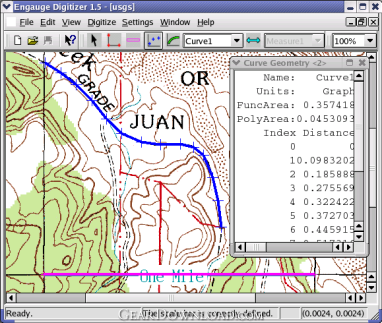

Let’s see what I would have done with this graph. I don’t like criticism without improvement suggestions. Turning the graph solves the need for label rotation, thus making it more readable and having zero drawbacks. This might be a matter of taste, but I dislike rotated and slanted labels. So, what the heck? Let’s invert the scale! Well, no, this is not a good idea On the other hand, they really wanted more “significant” values to be bigger than less significant ones. Still, the result would not be a real “significance,” nor would the name be intuitive to anyone familiar with statistical analysis. The value of 1 is deemed to be non-significant at all, and the value of 0 is considered “as significant as one can have.” So, in theory, the authors could have renamed the axis to “Significance” and reversed the numbers. You see, according to the widespread statistical ritual, the lower the “P-value” is, the more significant it is considered. At first, I thought, “WTF?!” but then I understood why the authors made this decision. Then, I realized that the right Y-axis is reversed. First, I tried to understand why the line of P<0.05 (the magic value of statistics) is above 0.1. Bizarre! It took me a while to spot this. These differences make the comparison much harder.


 0 kommentar(er)
0 kommentar(er)
